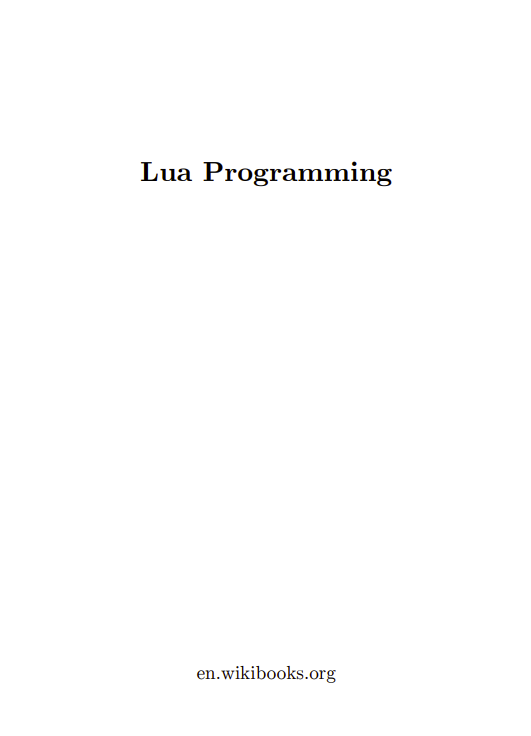Lua is an extensible, lightweight programming language written in C. It started as an in-house project in 1993 by Roberto Ierusalimschy, Luiz Henrique de Figueiredo, and Waldemar Celes.
It was designed from the beginning to be software that can be integrated with code written in C and other conventional languages. This integration brings many benefits. It does not try to do what C can already do but aims at offering what C is not good at a good distance from the hardware, dynamic structures, no redundancies, and ease of testing and debugging. For this, Lua has a safe environment, automatic memory management, and good facilities for handling strings and other kinds of data with dynamic size.
How Lua is Implemented?
Lua consists of two parts – the Lua interpreter part and the functioning software system. The functioning software system is an actual computer application that can interpret programs written in the Lua programming language. The Lua interpreter is written in ANSI C, hence it is highly portable and can run on a vast spectrum of devices from high-end network servers to small devices.
Both Lua’s language and its interpreter are mature, small, and fast. It has evolved from other programming languages and top software standards. Being small in size makes it possible for it to run on small devices with low memory.





